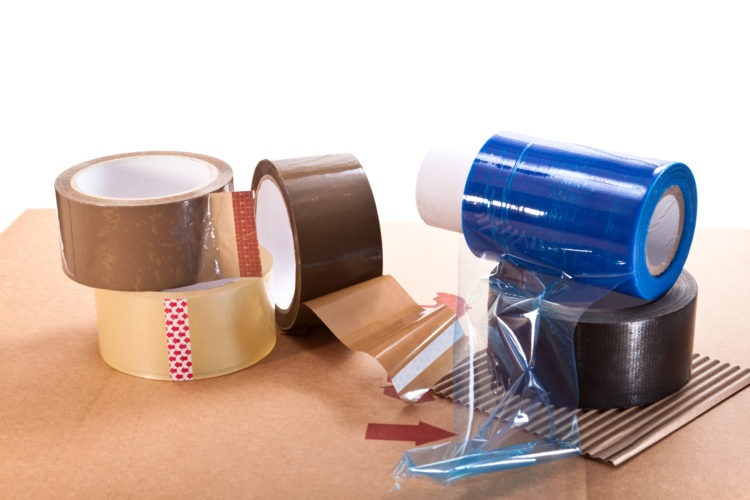
The packaging tape is as important as other shipping supplies such as cardboard boxes, bubble wrap, and fillers. The tape should seal a package securely and prevent it from bursting open in case of falls and impact during shipping.
Packaging tape comes in a variety of types which vary in such factors as tensile strength, backing materials, width, and thickness. It is important to use the correct type of tape depending on the package’s size, weight, and material of the shipping container. The wrong choice of tape can lead to additional costs, damage to the item or wasted time.
Most tapes are pressure sensitive and require consistent pressure to be applied to activate the adhesive and ensure optimum performance. If the tape does not bond correctly with the surface of the box, it is likely to peel off or keep the package sealed.
The most common types of tape used for packing are plastic and paper tape. Examples of plastic packaging tapes are hot melt polypropylene, acrylic polypropylene, and solvent polypropylene. This type of tape can be easily applied on boxes especially with the help of a dispenser which makes applying pressure and cutting the correct length of tape a breeze.
Paper tape, which is made from kraft paper backing with water-based acrylic adhesive, is preferred by environment-conscious shippers. However, it is not as flexible like its plastic counterpart and may break during the handling process. It may peel off when exposed to extreme heat or not adhere properly to certain materials such as plastic.
The general rule is to use thicker tape for heavier packages to ensure a secure closure. For example, use a 2-millimeter thick packaging tape for lightweight envelopes and mailers, 2-3 millimeter tape for packages up to 70 lbs and 3-millimeter tape for packages up to 100 lbs.
